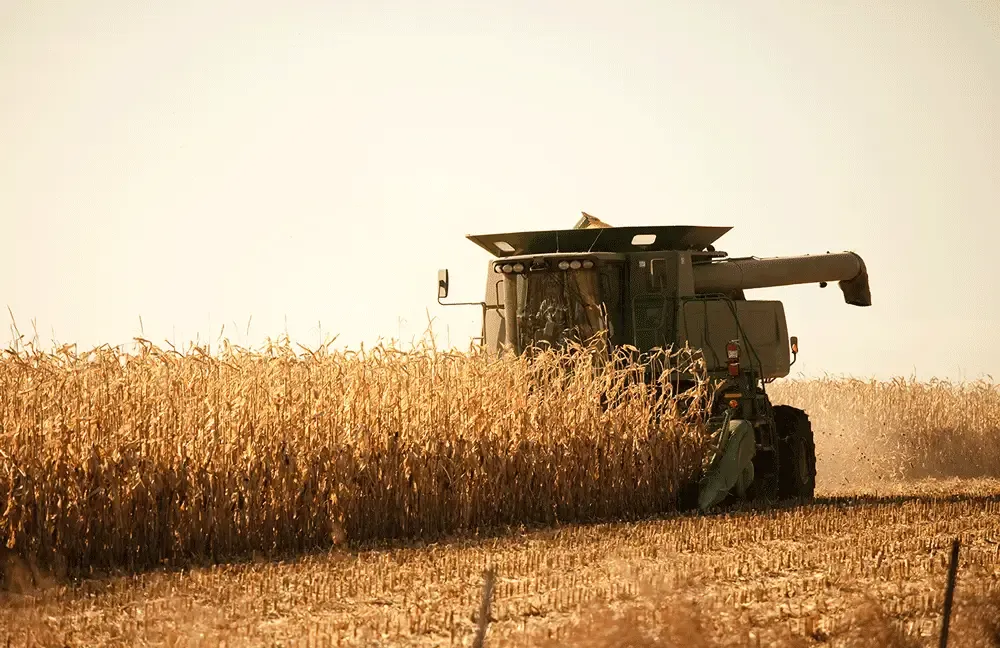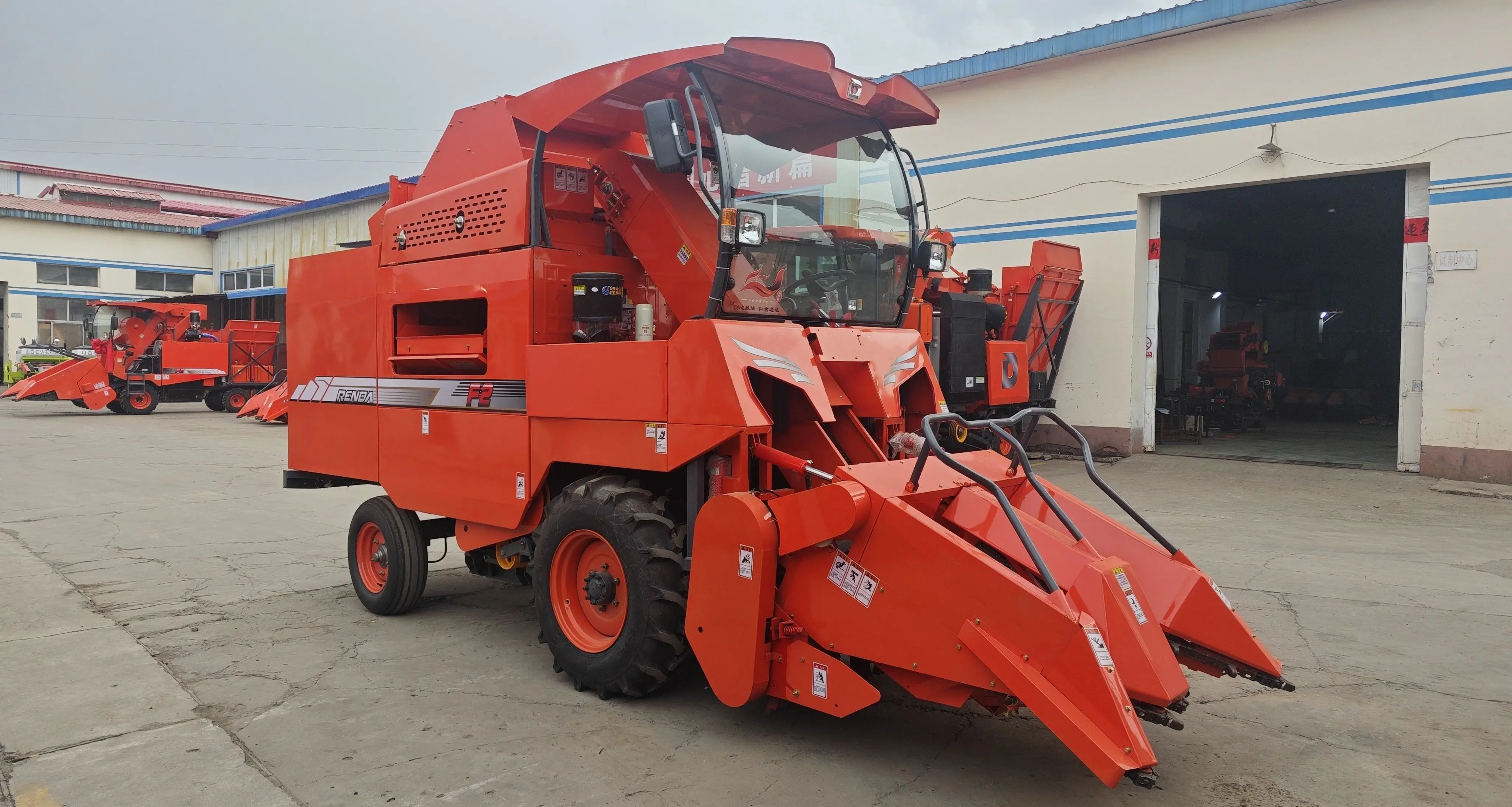
Corn Harvesting Secrets: Types, Differences, and Buying Guide for Corn Harvesters Nov, 03, 2024
Corn harvesters are specialized agricultural machinery designed specifically for corn harvesting, capable of efficiently and rapidly completing operations such as corn reaping, threshing, cleaning, and loading for transportation.
- Working Principle of Corn Harvesters
- Types of Corn Harvesters
- Analysis of the Advantages and Disadvantages of Different Types of Corn Harvesters
- How to Choose a Corn Harvester
Working Principle of Corn Harvesters
The working principle of a corn harvester typically includes the following main components:
- Cutting System: Equipped with sharp blades, it cuts down the corn plants through rotation or reciprocating motion.
- Feeding Mechanism: The cut corn plants are fed into the threshing system through the feeding mechanism.
- Threshing System: It uses rotating drums or other threshing mechanisms to separate the corn kernels from the cobs through friction and impact.
- Separation and Cleaning Devices: The mixture after threshing is sifted and cleaned by air currents to remove stalks and impurities, ensuring the purity of the corn kernels.
- Collection and Loading System: The cleaned corn kernels are collected and loaded into a dedicated bin or directly into a transport vehicle.
Types of Corn Harvesters
- Self-propelled Corn Harvester

- Trailed Corn Harvester
Trailed corn harvesters are primarily used in conjunction with tractors, utilizing the tractor as the power source while the working mechanism is self-contained. During operation, the harvester is pulled by the tractor. The working process includes the steps of picking corn cobs, putting the cobs into a container, husking the corn cobs, and shredding the corn stalks. Compared to self-propelled corn harvesters, trailed corn harvesters offer more convenient operation and lower fuel consumption.

- Backpack Corn Harvester
Backpack corn harvesters are typically combined with tractors, being mounted on them. The operator uses the tractor to drive and control the harvester to complete the corn harvesting task. After the harvest is completed, the working attachment can be removed, allowing the tractor to be used for other tasks.

Analysis of the Advantages and Disadvantages of Different Types of Corn Harvesters
Among the existing types of corn harvesters, the backpack corn harvester can have its working attachment removed, allowing the tractor to be used for other tasks. This type of corn harvester has high utilization efficiency and low cost, suitable for harvesting corn with different ear heights and row spacings, and offers stable work performance. However, due to the need to combine with a tractor, its size is relatively large. Self-propelled corn harvesters have high work efficiency, good reliability of the machinery, more guaranteed work quality, and convenient maintenance, but their scope of application is narrow, suitable only for large-scale plots with flat terrain for corn harvesting. Trailed corn harvesters are convenient to hitch, have flexible power, and are widely used. The disadvantages of this type of machine include a long machine unit, a large turning radius, and the need for manual path opening before work. They are mainly suitable for large plots such as farms and are not suitable for operations in hilly and mountainous areas.
How to Choose a Corn Harvester
- Model Selection: Choose the appropriate model based on your planting scale and operational requirements.
- Harvesting Efficiency: Pay attention to the machine’s working efficiency and harvesting speed. Generally speaking, the higher the efficiency, the shorter the working time, which can better cope with weather changes.
- Technical Specifications: Review the machine’s technical specifications, such as the cutting platform width, intake capacity, and power system. Suitable parameters can enhance work efficiency.
- Maintenance and Service: Understand the maintenance requirements of the machine and the availability of spare parts. Opt for brands that are easy to maintain and have readily available parts.
- Price and Budget: Choose products with high cost-performance ratios based on your budget, avoiding the pursuit of low prices that could lead to increased maintenance costs in the future.
Corn harvesters are essential tools for any corn planting operation. Choosing the right type based on your agricultural needs can optimize efficiency and yield. By understanding the various types, structural materials, cost factors, and maintenance, you can make informed decisions to increase your farm’s productivity. Be sure to weigh the initial cost against potential long-term savings and choose the option that best suits you.
CAT
Need a corn harvesting solution?